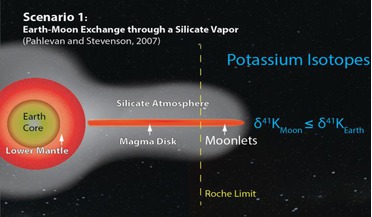 13 September 2016
Scientists prove the Moon was created by a vaporised Earth
13 September 2016
Scientists prove the Moon was created by a vaporised Earth
... parts of the solar system generally have different isotopic compositions. "So people decided to change the giant impact hypothesis," said Kun Wang, assistant professor in Earth and Planetary Sciences at Washington University in St. Louis, and...
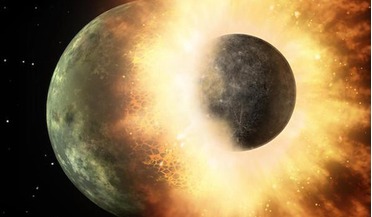 04 February 2019
The Moon is a mini-Earth suggests new research
04 February 2019
The Moon is a mini-Earth suggests new research
... that of the Earth and factoring in elements such as post-impact disk processes, and the formation of the Moon’s small metallic ... the lunar mantle because they never re-condensed after the giant impact. Instead says Righter, they stayed in a gas phase...
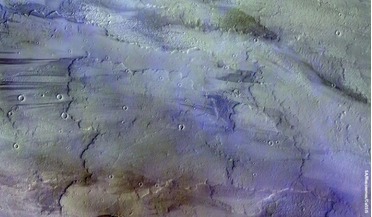 January 2018
When it comes to water Mars may not be the promised land
January 2018
When it comes to water Mars may not be the promised land
... not melt the northern hemisphere. This figure is significantly lower than the energy released by the Southern Giant Impact hypothesis that did produce volcanism all over the southern hemisphere. It is therefore reasonable to assume that the original...
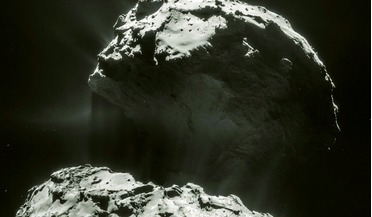 January 2020
Small body missions unveil interplanetary secrets
January 2020
Small body missions unveil interplanetary secrets
... touch on how the Earth obtained its water as well as the organic compounds necessary for life. The giant impact hypothesis is the best theory of the formation of the Earth. Soon after a proto-Earth had formed, it collided with...
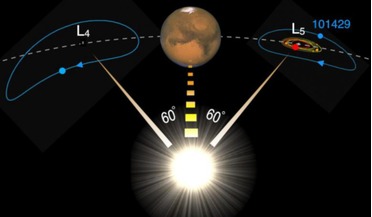 06 November 2020
The Moon could have a long-lost "twin" in orbit around Mars
06 November 2020
The Moon could have a long-lost "twin" in orbit around Mars
...our planet to form the Moon. This is known as the giant-impact hypothesis and a shard from such a collision could have reached the... a crater as wide as the planet itself. Such a colossal impact could easily have sent 101429 on its way to the planet’s ...